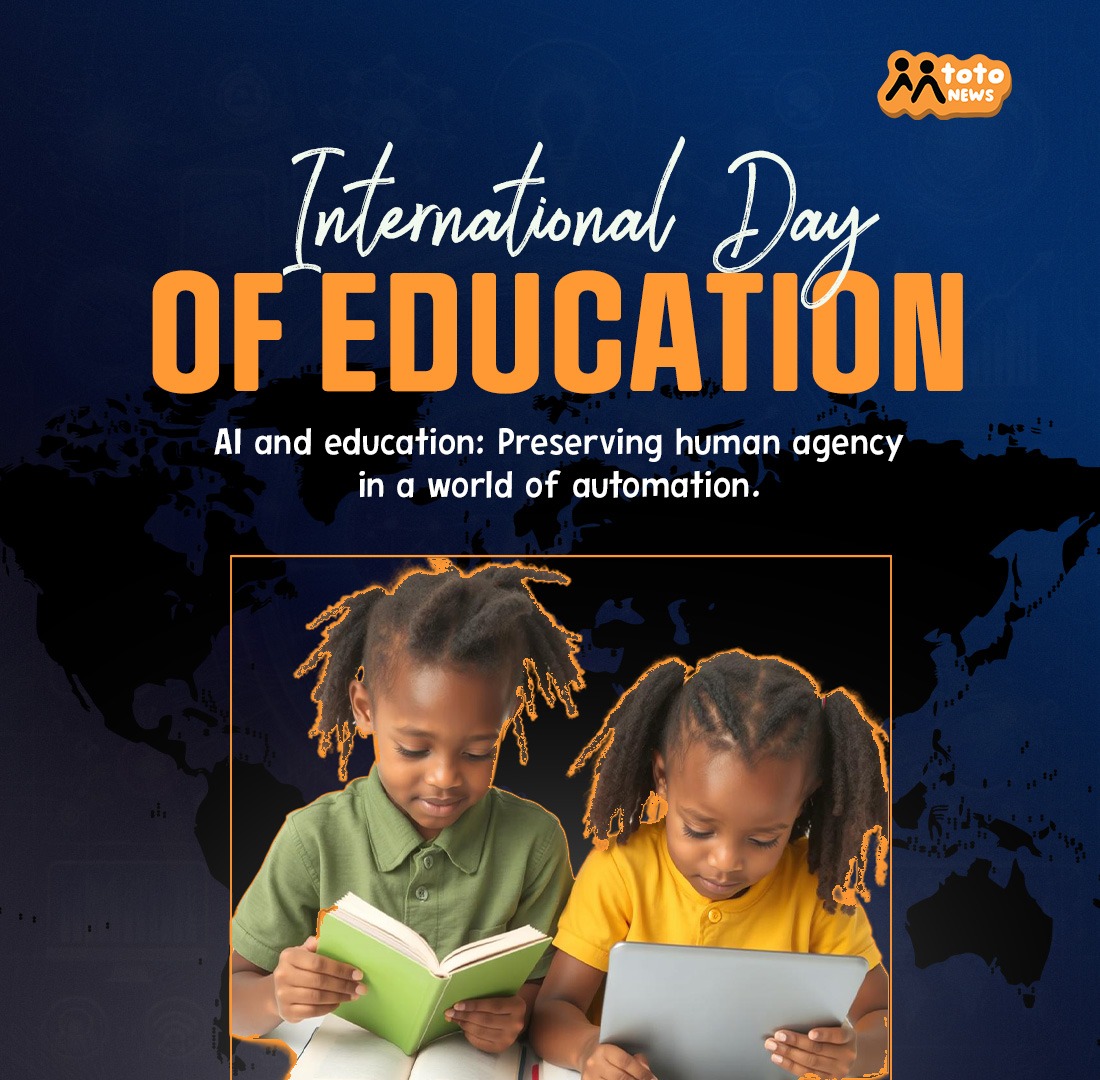 Written by Alice Njoki.
Written by Alice Njoki.
Today as we celebrate the International Day of Education 23 January 2025, marks the 6th celebration since its introduction after being proclaimed by the United Nations General assembly(UNGA)with support from United nations educational scientific,and cultural organisation (UNESCO) ,to recognise the critical role of education in global peace,sustainable development and equality goal 6,therefore it is an opportunity to reflect on how education continues to evolve to meet the needs of all learners,This day highlights the importance of ensuring inclusive and equitable quality education for all thus it is vital to focus on how Artificial Intelligence (AI) can transform education for children with disabilities. AI has the potential to make learning more inclusive, breaking barriers that have long excluded many children from quality education.
AI-powered tools are creating new opportunities for children with disabilities too. For example, text-to-speech applications and screen readers help visually impaired learners access educational content, while speech recognition technology supports children with speech difficulties to communicate better. Additionally, platforms like Angaza Elimu use adaptive learning algorithms to provide personalized lessons tailored to each child’s unique needs.
However, despite these advancements, many schools in Africa, especially in Kenya, lack the infrastructure and resources to implement such technologies effectively. This means that most children with disabilities cannot access these tools, leaving them at a disadvantage. Challenges like high costs, limited internet access, and a lack of teacher training further widen this gaps
Also as we explore how artificial intelligence(AI) can transform education for children still on the african context particularly in kenya it is crucial to point out on the unique challenges,many schools in kenya face,especially public institutions,enforce strict policies prohibiting mobile phones in schools which are said to aim at reducing distractions and maintaining discipline.Thus,this raises an important question : How can AI technology be effective integrated into education without relying on devices like smartphones?, moreover when we say for example childrens in public schools can use computers available in schools ,well many of the public schools have a few computers which are not accessible by each child and also in the rural areas where there is limited access to computers and considering the few accessible computers raises a bigger question on privacy concerns!,when multiple students use the same device,this can lead up to exposing personal data or mixing up user profiles considering the AI tools require sensitive information to tailor learning experiences.
Therefore this highlights the need for schools to adopt clear data privacy policies,secure AI tools,and alternative solutions,such as offline software and well managed computer access,to make AI-driven education both accessible and safe for all students,including those with disabilities.
To ensure all children benefit from AI, there is a need for greater investment in inclusive technologies and policies that prioritize accessibility. AI is not just about technology, it’s about giving every child an equal chance to learn and succeed. On this International Day of Education, let’s commit to building an education system where no child is left behind.
